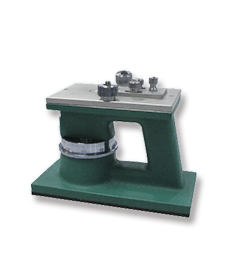The Sharp Edge of Fiber Science: New Advances in Fiber Microtome Research
Fiber science is the study of fibers and their properties, including their chemical, physical, and mechanical characteristics. It has applications in a wide range of industries, from textiles to composites to biomedical materials. One area of fiber science that has seen significant advances in recent years is the microtome research of fibers.

A microtome is a device used to cut thin slices of material for examination under a microscope. In fiber science, microtomes are used to prepare samples of fibers for analysis of their structure and properties. Traditional microtomes use a blade to cut the material, but this can be damaging to delicate fibers. Newer microtome techniques use laser cutting or ion beam milling to achieve thinner and more precise cuts without damaging the fibers.
One recent advance in fiber microtome research is the development of a technique called cryo-ultramicrotomy. This involves freezing the fiber sample before cutting it with a diamond knife, which allows for very thin slices to be obtained without damaging the fiber. This technique has been used to study the structure of silk fibers, which are notoriously difficult to slice due to their toughness and elasticity.
Another area of microtome research in fiber science is focused on developing techniques to analyze the internal structure of fibers. This includes using imaging techniques such as scanning electron microscopy and transmission electron microscopy to examine the fiber at a very high resolution. These techniques can reveal details of the fiber's internal structure, such as the arrangement of molecules and the presence of defects.

Advances in fiber microtome research have the potential to lead to new insights into the properties of fibers and how they can be manipulated and engineered for specific applications. By better understanding the internal structure of fibers, researchers can develop new materials with improved strength, durability, and other desirable properties. This could have applications in fields such as aerospace, medicine, and construction, where strong and lightweight materials are in high demand.

